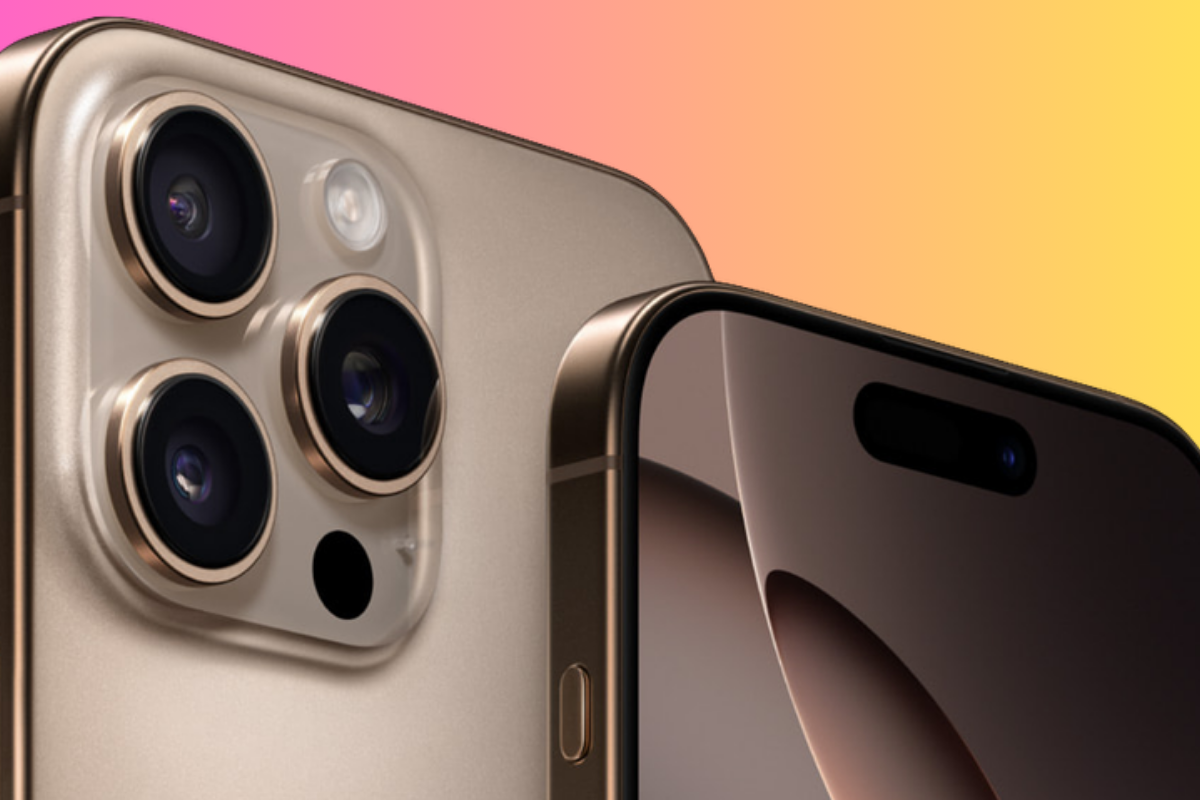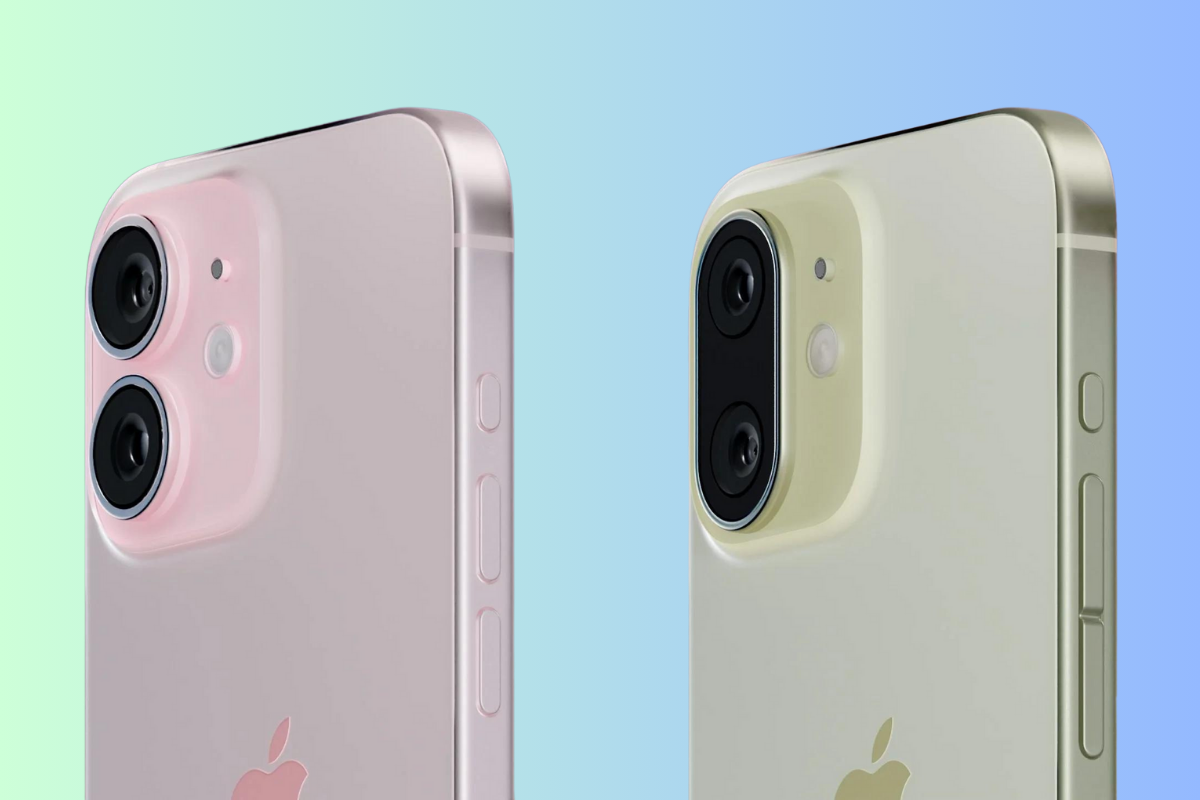TL;DR: Which Phone Has the Best Variable Refresh Rate (VRR)?
- Best for Performance: Samsung Galaxy S24 Ultra – Superior flexibility and brightness for HDR and outdoor use.
- Best for Battery Efficiency: Apple iPhone 16 Pro – Seamless, battery-friendly transitions perfect for mixed-use.
- Best for Everyday Tasks: Google Pixel 9 Pro – AI-driven adjustments focus on battery conservation for daily activities.
If you’re weighing Apple, Samsung, and Google to find out who does Variable Refresh Rate (VRR) best, you’re in the right place.
Each of these 2024 flagship phones — the iPhone 16 Pro, Galaxy S24 Ultra, and Pixel 9 Pro — has a distinct approach to VRR, and the best one for you depends on how you use your phone daily.
Whether you’re streaming, gaming, or just saving battery power, each device’s VRR tech can enhance your experience in specific ways.
Apple iPhone 16 Series: Battery-Saving Smoothness

Apple’s ProMotion on the iPhone 16 Pro and Pro Max is designed for a seamless experience that conserves power.
ProMotion’s dynamic range, from 1Hz up to 120Hz, is perfect if you use your phone in a mix of settings.
Imagine this: when you’re scrolling through social media, the refresh rate hits 120Hz for silky-smooth animations.
But if you’re reading an article or displaying a static screen, the rate drops to as low as 1Hz to extend battery life.
This is especially helpful if you’re a frequent reader or email checker—static content consumes minimal power, and your phone’s battery lasts longer as a result.
However, some third-party apps may not utilize the full range of refresh rates, which might limit your experience if you’re using a lot of non-native iOS apps.
For most everyday activities, though, ProMotion keeps your iPhone snappy without draining your battery excessively.
Why Apple’s VRR Works for You: If you need battery efficiency for a variety of uses—streaming, gaming, and regular app use—Apple’s VRR is a smart choice. With iOS 18’s optimization, you get smooth transitions and low power usage.
Samsung Galaxy S24 Series: Brightness and Flexibility for Power Users
If you’re looking for flexibility and top-notch brightness, the Samsung Galaxy S24 Ultra might just win you over.
Samsung’s VRR tech, powered by Low Frequency Drive (LFD) and LTPO, offers a highly dynamic range from 1Hz to 120Hz and even reaches 2,600 nits of brightness, ideal for HDR and outdoor visibility.
For instance, if you’re gaming or watching an HDR movie outside on a sunny day, this high brightness and refresh range will make colors pop and animations stay smooth, without the hassle of reflections or washed-out displays.
The S24 Ultra’s VRR also adapts rapidly to user interactions.
The display can shift instantly to high refresh rates for smooth gaming or streaming, then quickly revert to lower rates when idle, conserving battery.
But at its peak brightness, this display can drain the battery faster, so if you’re planning on a full day outdoors with heavy use, be ready to recharge more frequently.
Why Samsung’s VRR Works for You: For heavy multimedia users and gamers who need consistent, vivid visuals, Samsung’s Galaxy S24 Ultra offers unmatched flexibility and brightness, making it the ideal choice.
Google Pixel 9 Series: AI-Powered Efficiency for Everyday Tasks
Google’s Pixel 9 Pro (and that also includes the Pixel 9 Pro XL) uses an LTPO OLED screen with an AI-based VRR system, adjusting from 10Hz to 120Hz based on what’s on your screen.
When you’re reading a long article, the AI keeps the refresh rate low to save battery.
But if you’re swiping through a gallery or gaming, it knows to speed up for a smoother experience.
This AI-driven adaptation makes the Pixel 9 Pro a great fit for typical daily use, where you’re likely performing moderate scrolling or browsing.
However, it doesn’t dip as low as Apple or Samsung for static content, meaning the Pixel’s battery savings are less noticeable during activities like reading or showing static images.
Why Google’s VRR Works for You: If you want practical battery savings without needing peak refresh flexibility, the Pixel 9 Pro’s AI-driven VRR is perfect for mixed-use, day-to-day activities like browsing, texting, and light media consumption.
Final Verdict: Which is the Best VRR Phone?
Best Overall for Performance: Samsung Galaxy S24 Ultra
With a 1Hz-120Hz range and impressive brightness, Samsung’s Galaxy S24 Ultra is the top pick for demanding users who need ultimate VRR flexibility for gaming and multimedia.
Best for Battery Efficiency: Apple iPhone 16 Pro
For those who want smooth functionality across various apps and tasks, Apple’s ProMotion VRR delivers a great mix of efficiency and smooth transitions, making it ideal for battery-conscious users.
Best for Practical, Casual Use: Google Pixel 9 Pro
Google’s Pixel 9 Pro balances display smoothness and battery conservation, making it ideal for daily tasks like browsing, light media, and general use.


